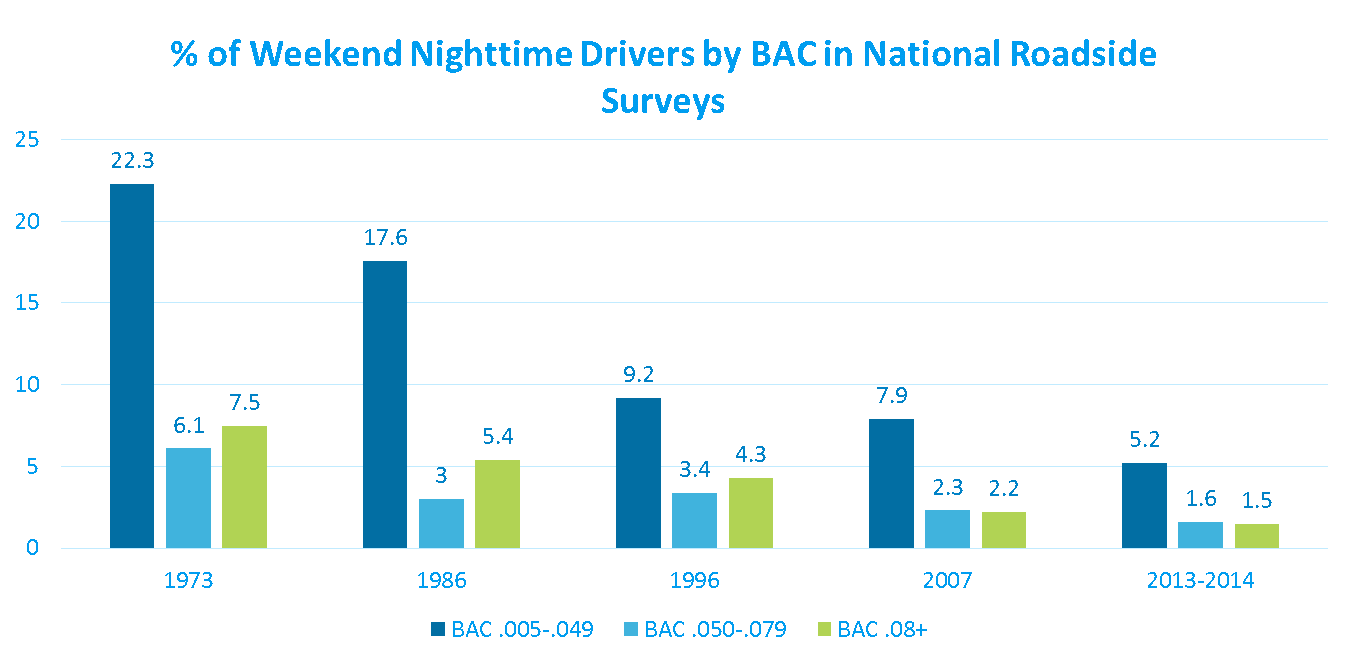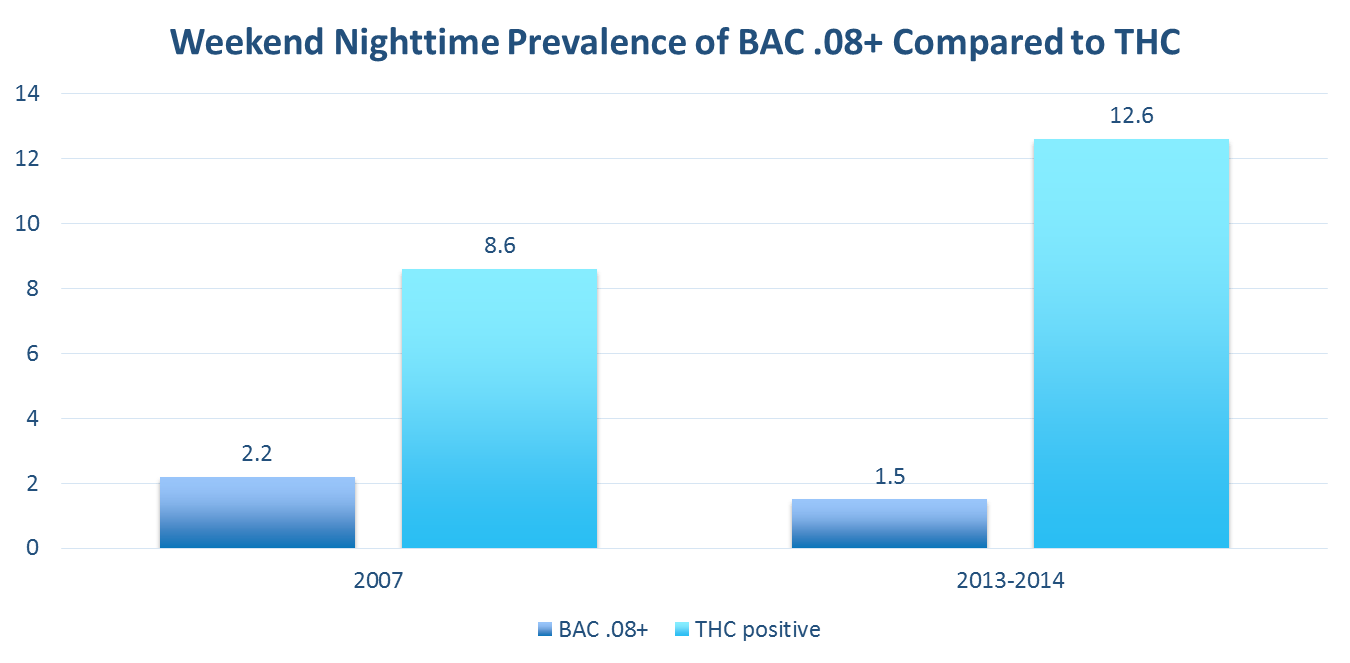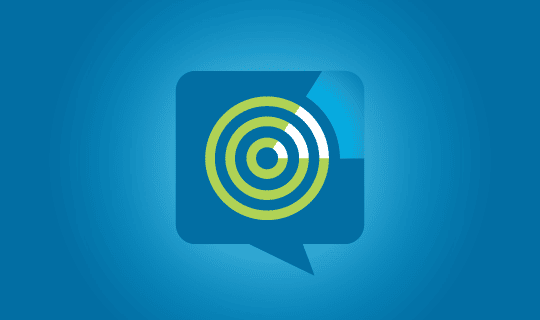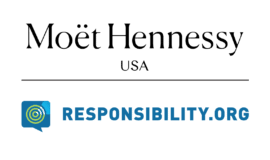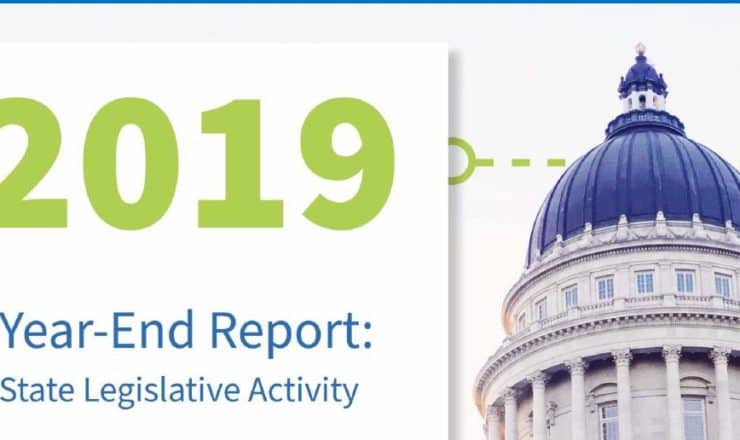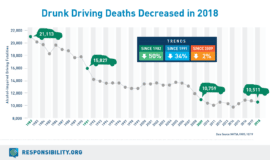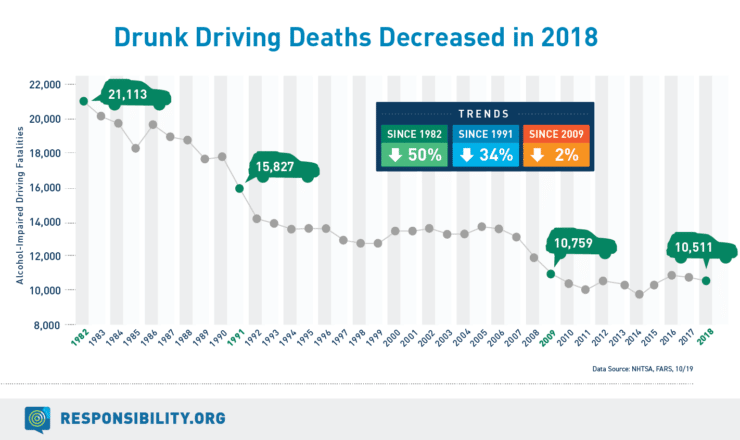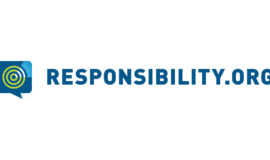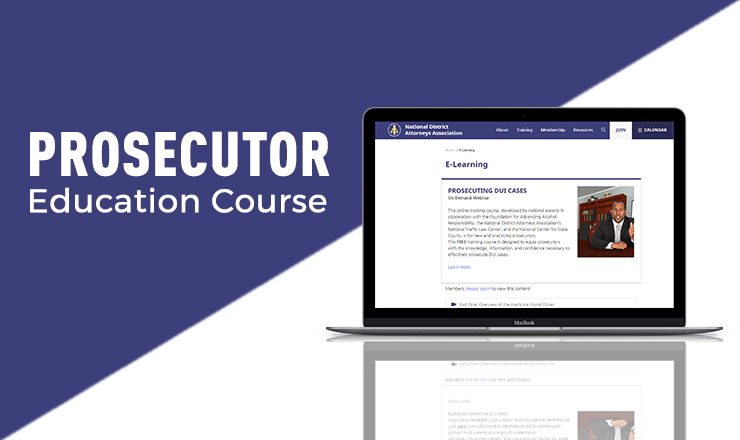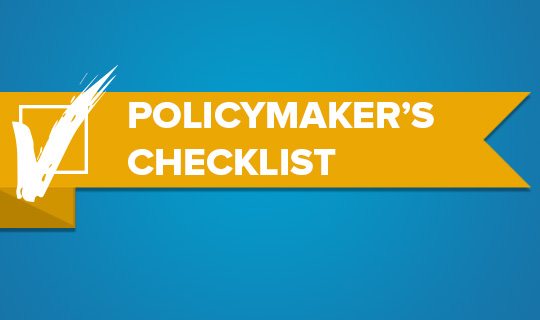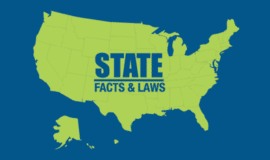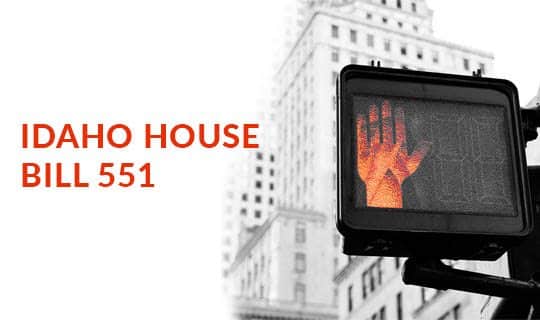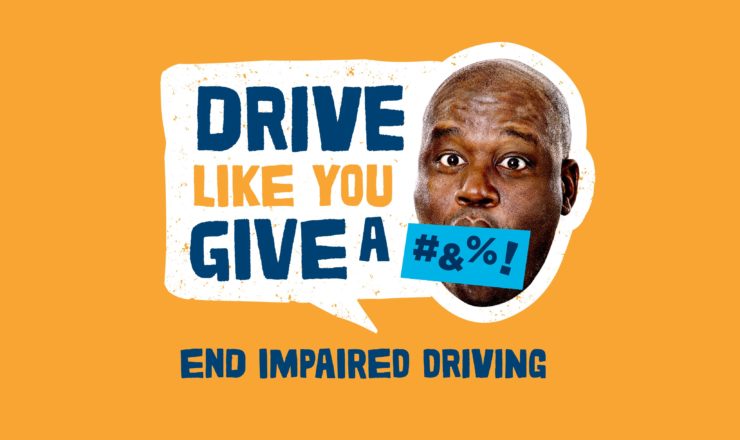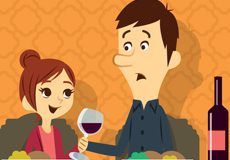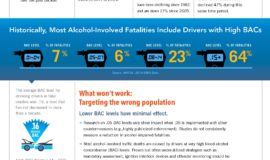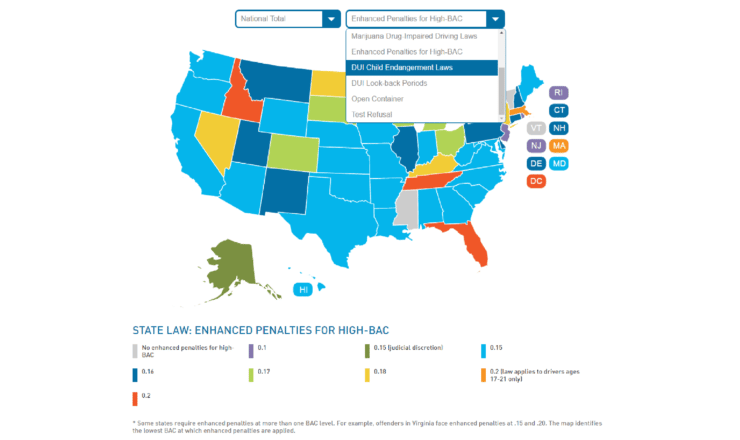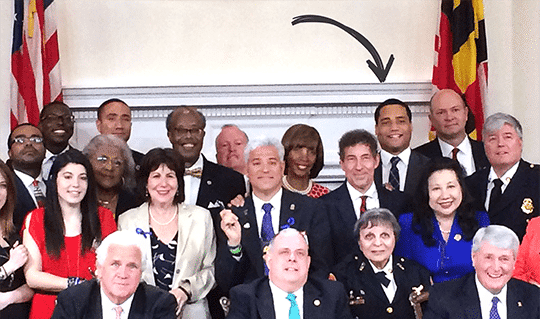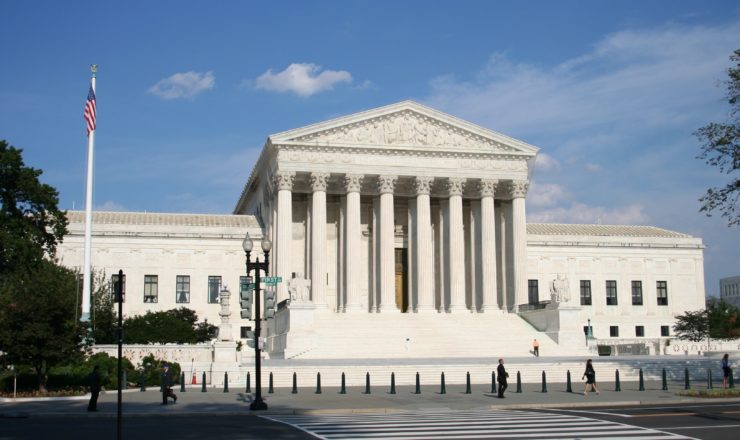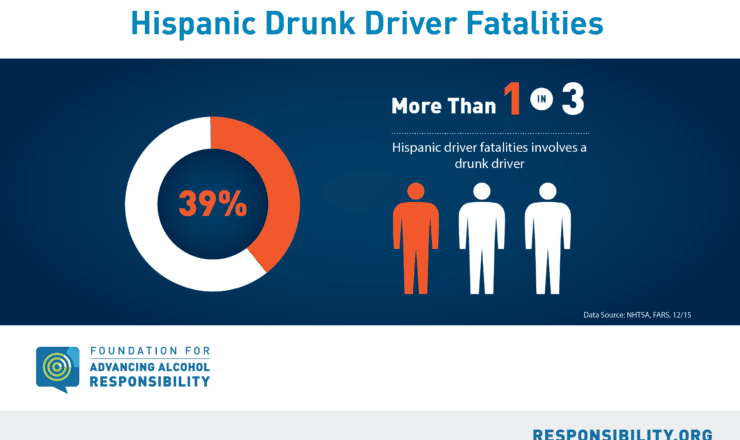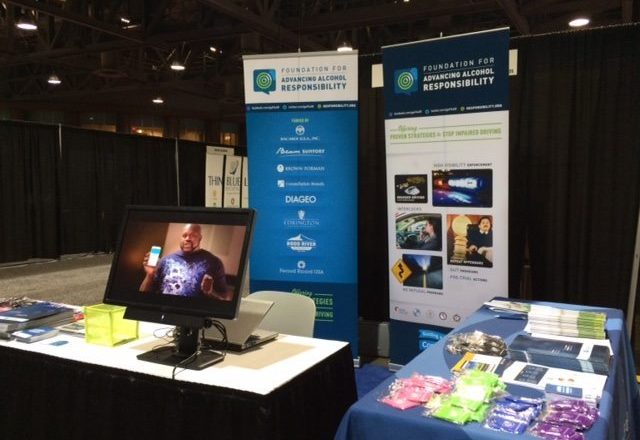National Roadside Survey results show drunk driving at lowest rate ever, drugged driving up significantly
Today, the National Highway Traffic Safety Administration (NHTSA) released the fifth National Roadside Survey (NRS) since 1973. The NRS is designed to estimate the prevalence of drinking and driving in the United States and as of 2007, was expanded to estimate the prevalence of drug use and driving.
Drunk Driving at lowest rate ever
The most recent NRS, completed in 2013-2014, produced national estimates of alcohol and drug use by weekend drivers.[1] The survey revealed promising results with respect to the prevalence of drunk driving. The number of drivers testing positive for alcohol (at all Blood Alcohol Concentration (BAC) levels) continues to decline. This reflects a continuous trend since the time of the first roadside survey. Between 1973 and 2013-2014, there was an 80% reduction in the percentage of alcohol-impaired (.08+) drivers on the road during weekend nights (from 7.5% to 1.5%). In fact, there has been a substantial decrease in the percentage of drivers who were alcohol positive (i.e., had any amount of alcohol in their system) from 1973 (35.9%) to 2013-2014 (8.3%).
*Source: NHTSA, 2014.
The above chart shows that the percentage of weekend nighttime drivers testing positive for a BAC of .08 or higher reached its lowest rate in 2013-2014 - only 1.5%. It is also worth noting that during the daytime on weekdays, only 0.4% of drivers had a BAC of .08 or higher.
“The progress that has been made since the 1970s in reducing the prevalence of drunk driving is a tremendous accomplishment and is reflective of years of hard work including the use of evidence-based practices, countermeasures, and public education efforts” said Responsibility.org Advisory Board Member Judge Michael Fields. “The continued reductions, even between 2007 to 2013-2014, demonstrate that this progress is ongoing and is trending closer to the target of zero and the goal of eliminating drunk driving.”
Drugged Driving is up
Unfortunately, while the survey revealed a decrease in the prevalence of drunk driving, it also showed a significant increase in drugged driving. In the 2013-2014 NRS, 22.5% of weekend nighttime drivers tested positive[2] for drugs. This is much higher than the 16.3% of weekend nighttime drivers who tested positive in 2007. Unsurprisingly, the prevalence of illegal drug use increases from daytime to nighttime (12.1% vs. 15.2%) and the reverse occurs with the prevalence of medicinal drug use (10.3% vs. 7.3%).
Prevalence of marijuana increases by nearly 50%
The drug that has shown the largest increase in weekend nighttime prevalence is THC (marijuana).[3] In the 2007 NRS, 8.6% of weekend nighttime drivers tested positive for THC. This number increased to 12.6% in the 2013-2014 NRS. This reflects a 48% increase in the percentage of weekend nighttime drivers who tested positive for THC from 2007 to 2013-2014.
*Source: NHTSA, 2014
“The drugged driving numbers are a wakeup call that the nation needs to listen to.” says Fields. “Impaired driving encompasses more than just alcohol and in order to limit the number of lives lost on our nation’s roadways we must address both drunk and drugged driving. The reductions in the number of alcohol-impaired fatalities over the years is evidence that we can make substantial gains when we implement policies and interventions to target the problem. The fight against drugged driving is really in its infancy. We must have better data to define the problem, better tests to identify drugged drivers, better legislation, and better training to help practitioners enforce and adjudicate the laws.”
We agree with Judge Fields and while our primary focus remains the elimination of drunk driving; we also support policies to reduce the increasing prevalence of drugged driving. Read our complete drugged driving policy position here.
[1] A total of 60 sites from across the contiguous US were chosen to provide a representation of drivers from across the country. Data was collected on weekend nights from 10pm to 12am and from 1am to 3am on Fridays and Saturdays. To determine daytime use, data collection was also done on Fridays from either 9:30am to 11:30am or 1:30pm to 3:30pm. Participation in the NRS was both voluntary and anonymous. Drivers were asked to provide a breath test, an oral fluid sample, and a blood sample for testing purposes
[2] The percentages used reflect drug-positives based on the combined results of either or both oral fluid and blood tests.
[3] THC (delta-9-tetrahydrocannabinol) is the main psychoactive substance in marijuana. For the purposes of the NRS, THC must be detected in order to report a driver as positive for marijuana.

